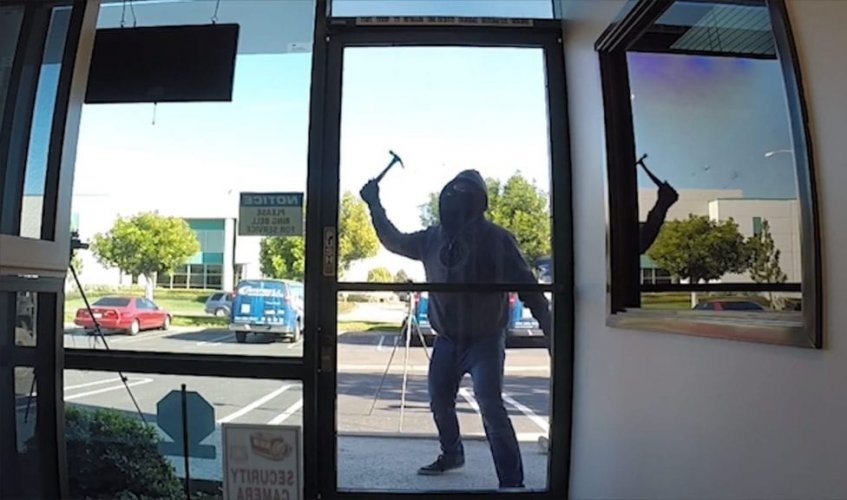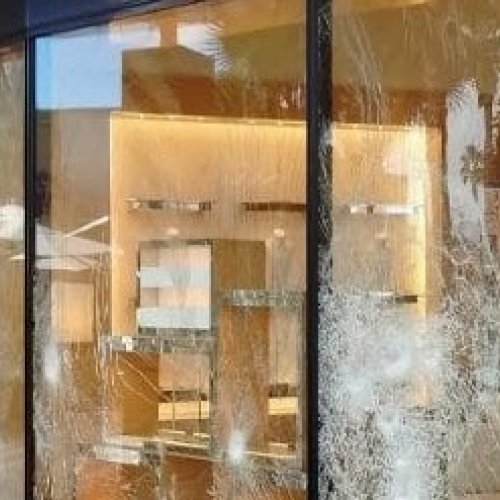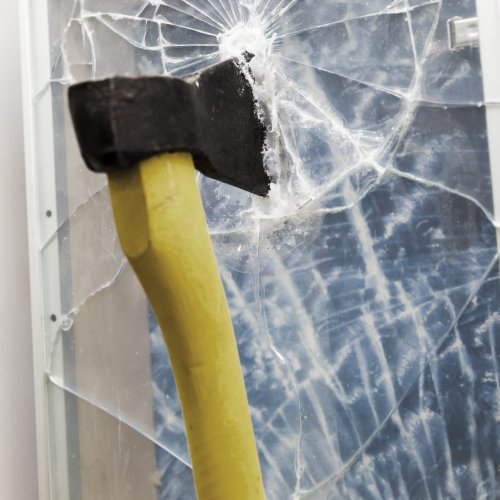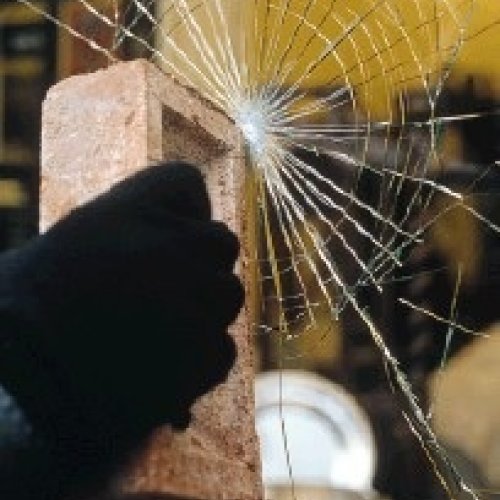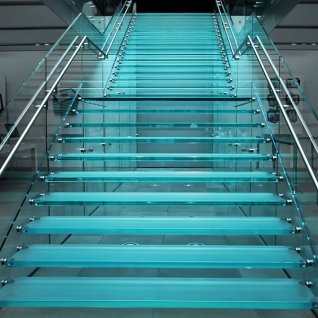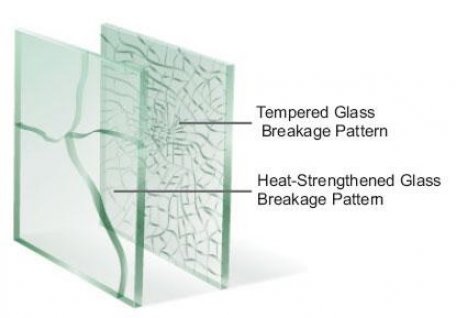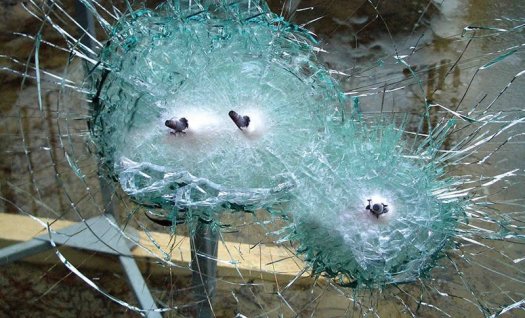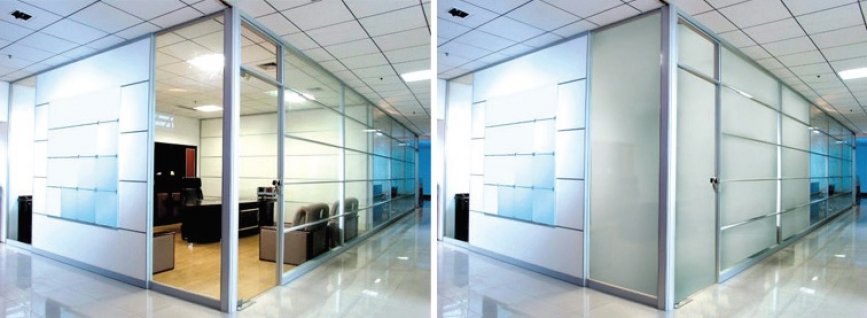This category of special glass meets safety and protection needs for premises where it is required for obvious reasons (banks, public buildings, museums, offices, etc.). The criteria which must be met by safety glass and the categories are classified according to the level of protection provided, controlled and measured using specific methodology as described in detail in the applicable national or international standards. Today, in European countries, the required standard for antivandalism glazing is the norm EN 356.
What has to be strongly stressed is that the classification of glass into categories, based on European standards, is independent of their composition and depends exclusively on strength performance during the required tests.
As production methods and materials science are evolved, the glass manufacturing companies produce and launch new improved products with less thickness and weight, with compositions that improve performances, and so certified with higher security levels. The aims and objectives of the global glass industry are to produce new glass types with smaller thickness and therefore weight, and at the same time responding effectively to mechanical stress conditions.
Our company, which monitors developments in the field of glass and ensures the direct import and distribution of new and innovative products, offers the full range of safety glass, produced by the largest European manufacturers which meet the required appropriate criteria and accompanied their products by corresponding authorized testing laboratory certificates.
This category of special glass meets safety and protection needs for premises where it is required for obvious reasons (banks, public buildings, museums, offices, etc.).
The criteria which must be met by safety glass and the categories are classified according to the level of protection provided, controlled and measured using specific methodology as described in detail in the applicable national or international standards.
Today, in European countries, the required standard for antivandalism glazing is the norm EN 356 and for bulletproof the norm EN 1063.
As production methods and materials science are evolving, the glass manufacturing companies produce and launch new improved products with less thickness and weight, with compositions that improve performances, and so certified with higher security levels. The aim and objectives of the global glass industry is to produce new glass types with smaller thickness and therefore weight, and at the same time responding effectively to mechanical stress conditions.
Our company, which monitors developments in the field of glass and ensures the direct import and distribution of new and innovative products, offers the full range of safety glass, produced by the largest European manufacturers which meet the required appropriate criteria and accompanied their products by corresponding authorized testing laboratory certificates.
The following table presents antivandalism glazing categories as ranked based on their performance in tests according to EN 356.
| STRENGTH CATEGORIES | TEST TYPE | NUMBER OF HITS |
|---|---|---|
| P1A | Dropping weight 4kg from 1500mm | 3 throws in a triangle shape |
| P2A | Dropping weight 4kg from 3000mm | 3 throws in a triangle shape |
| P3A | Dropping weight 4kg from 6000mm | 3 throws in a triangle shape |
| P4A | Dropping weight 4kg from 9000mm | 3 throws in a triangle shape |
| P5A | Dropping weight 4kg from 9000mm | 3x3 throws in a triangle shape |
| P6B | Axe | 30 to 50 times |
| P7B | Axe | 51 to 70 times |
| P8B | Axe | More than 70 times |
As it can be seen, the classification of glass in categories, based on European standards, is independent from its composition and depends solely on endurance performance during the required tests.
- Banks' branches
- Jewelery shops
- Guard Houses
- Museums
- Public buildings
- Hotels
- Retail shops
- Houses


